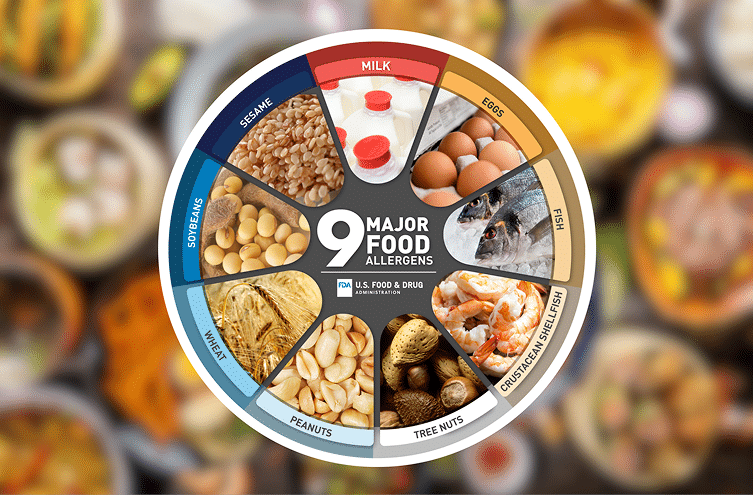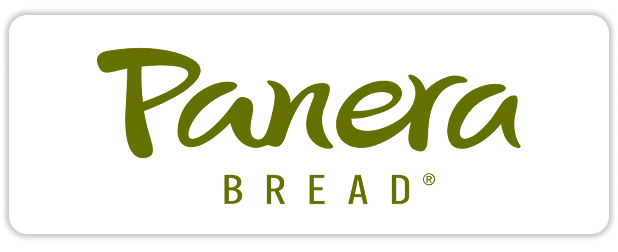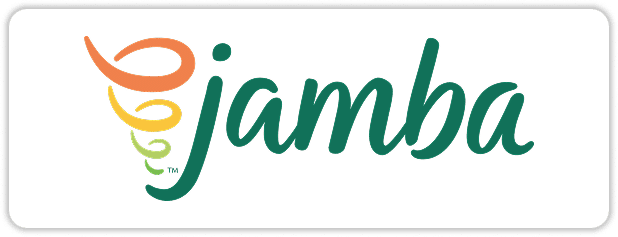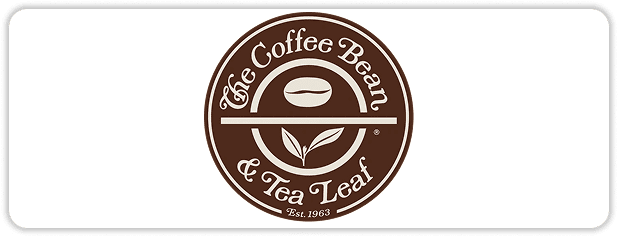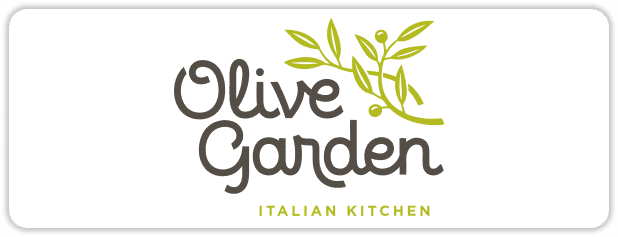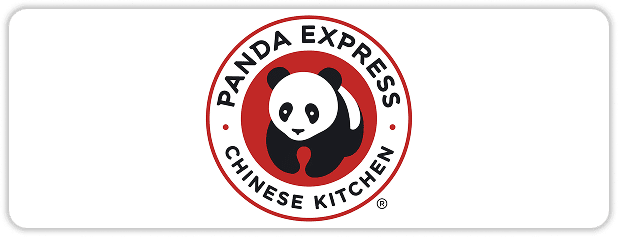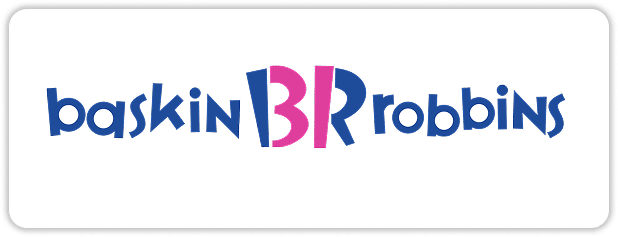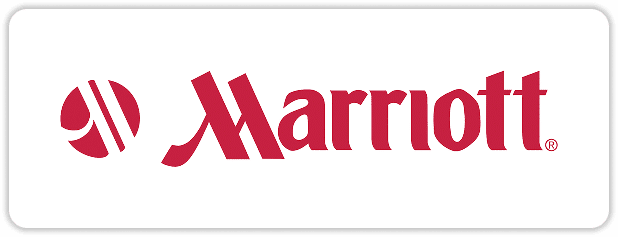
Don’t Let Germs Crash Dinner: The Ultimate Dishwasher Temperature Guide
A spotless kitchen isn’t just about looks—it’s your first line of defense against germs and foodborne illnesses. The temperature of your dishwasher isn’t just a number on a dial—it’s your first line of defense against bacteria and pathogens. At AAA Food Handler, we’ve seen firsthand that a properly maintained dishwasher can make all the difference between a germ-free kitchen and one that harbors invisible dangers. Whether you’re a seasoned professional in a busy commercial kitchen or handling dishes at home, understanding dishwasher temperature guidelines is crucial for maintaining food safety.
Here’s everything we’ve learned from our research, analysis, and hands-on experience—packaged into an easy-to-digest FAQ guide.
Hot or Not? Why Dishwasher Temperature Matters
Think of your dishwasher as a mini-sanitizing lab. Just like cooking food to the proper internal temperature kills harmful bacteria, running your dishes through a cycle at the correct dishwasher temperature ensures plates, glasses, and utensils aren’t carrying germs. Pathogens that survive on improperly washed dishes can cause foodborne illness—so this is one kitchen habit you don’t want to shortcut.
High-temperature dishwashers rely on heat to sanitize, whereas low-temperature machines use chemical sanitizers. Understanding the differences and following the correct dishwasher temperature guidelines is crucial for maintaining a safe kitchen and ensuring compliance with food safety standards.
Sizzling Stats: Dishwasher Temperature Guidelines Simplified
Here’s a quick reference based on our experience in commercial kitchens:
High-Temperature Dishwashers (Heat-Based)
- Wash cycle: 150ºF–165ºF (66ºC–74ºC)
- Rinse cycle: 165ºF–180ºF (74ºC–82ºC)
Low-Temperature Dishwashers (Chemical-Based)
- Wash & rinse cycle: Minimum 120ºF (49ºC)
Pro tip from AAA Food Handler: Always verify with a heat-sensitive test strip. The surface temperature of the dish should reach at least 160°F (71 °C) for proper sanitization. Avoid exceeding 194°F (90°C), as water vapor reduces the effectiveness.
Keep It Flowing: Maintenance Tips for Peak Performance
Even the best dishwasher temperature won’t save your dishes if the machine isn’t maintained. Here’s what AAA Food Handler recommends:
- Check water pressure regularly: Hard water can clog jets, reducing wash efficiency.
- Scrap it first: Remove leftover food from plates to avoid blockages.
- Conveyor & cycle checks: Ensure the conveyor speed or cycle time matches the manufacturer’s recommendations.
- Monitor detergent and sanitizer levels, as low levels reduce sanitizing effectiveness.
- Allow air-dry: Don’t towel dry—let dishes air-dry completely to avoid contamination.
Following these steps keeps your dishwasher working like a germ-fighting superhero.
When the Dishwasher Can’t Fit the Bill: Three-Compartment Sink Guide
Some items are too large or awkward for a dishwasher—think giant sheet pans or stockpots.
AAA Food Handler recommends the classic three-compartment sink:
- Wash: Use hot, soapy water (minimum 110°F / 43 °C).
- Rinse: Clean water to remove soap residue.
- Sanitize: Either heat to 171°F (77°C minimum) or use chemical sanitizers.
Safety note: Heat-based sanitization can cause burns, so special equipment is required. Most kitchens rely on chemical sanitizers for practicality and safety.
Always scrape, rinse, and air-dry—just like you would with a dishwasher. Keep the sinks clean between uses, especially if you’re washing produce or thawing items.
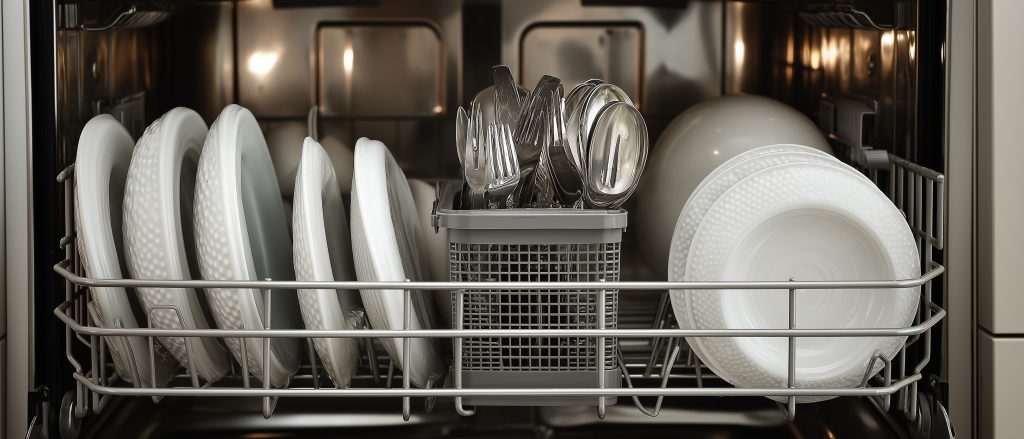
FAQs: Dishwasher Temperature Demystified
1: Can I run dishes through a dishwasher on a lower temperature to save energy?
A: No. Lowering the dishwasher temperature below recommended levels won’t effectively kill bacteria. High-temp or chemical-based sanitizing cycles are critical for food safety.
2: How often should I check my dishwasher’s temperature?
A: Daily monitoring is ideal. Use a test strip or built-in thermometer to ensure cycles meet safety standards.
3: Can I sanitize utensils without a dishwasher?
A: Yes! Use a three-compartment sink with hot water or chemical sanitizers. Always follow the wash-rinse-sanitize protocol.
4: What if my dishes still look dirty after a cycle?
A: Check for clogs, low water pressure, or overloading. Pre-scraping and proper loading can dramatically improve results.
5: Is air-drying really necessary?
A: Absolutely. Towel drying can introduce new bacteria. Air-drying ensures your dishes remain sanitary.
Keep It Hot, Keep It Safe
At AAA Food Handler, we understand that the optimal dishwasher temperature is crucial in preventing foodborne illnesses. High-temperature dishwashers should operate at 150°F–165°F for the wash cycle and 165°F–180°F for the rinse cycle, while low-temperature machines using chemical sanitizers must reach a minimum temperature of 120°F.
Keeping your kitchen safe and sanitary also depends on routine upkeep, careful dish loading, removing food residue beforehand, and allowing items to air-dry properly. For oversized items, a correctly used three-compartment sink ensures thorough sanitization. Following these steps keeps your kitchen hygienic, efficient, and compliant with food safety standards.
Get your food handler card with AAA Food Handler today!
